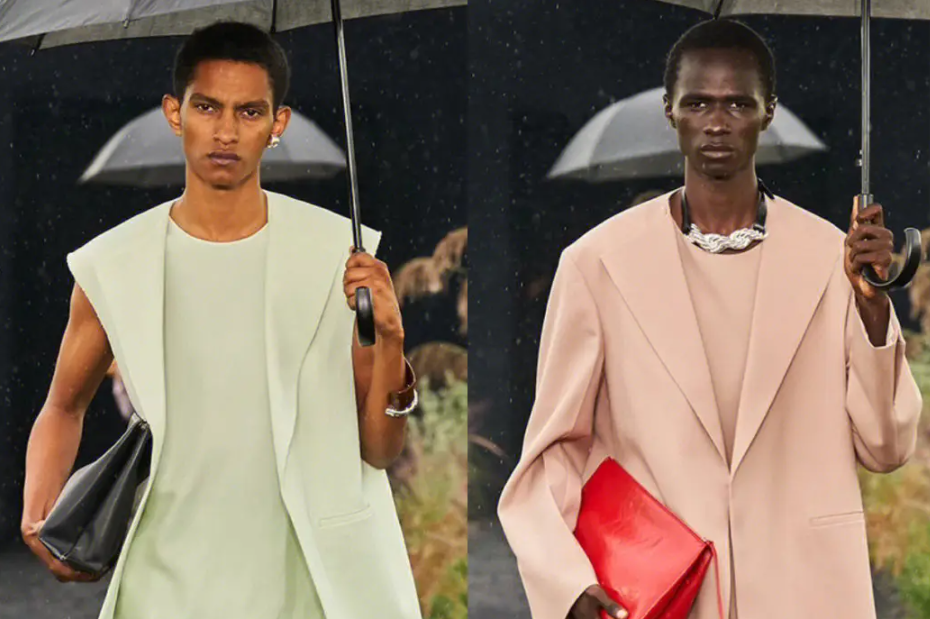
From the Sarabande show in Spring/Summer 2007 to the "Rose Dress" in Autumn/Winter 19, flowers are a creative signature of the British brand, and this season is no exception.
At a preview of Alexander McQueen's Autumn/Winter 21 collection in London's Old Bond Street store, the top floor still displays the Roses exhibition
As with so many cultural events during the pandemic, it was as if time had frozen on the opening day of November 2019.
A dress made from layers of fresh flowers from the spring/summer 2007 Sarabande show.
To the "rose dresses" of autumn/winter '19 and the laser-cut flowers that covered the runways of spring/summer' 20.
Flowers have been Alexander McQueen's creative signature for many years, and the latest creation is no exception.
As creative director Sarah Burton wrote in her show notes, we are in a time when we should "explore the echoes of our past to enrich our future."
This season, she looks at the healing power of water and anemone - "the most fleeting of flowers," with an average flowering period of three to four weeks.
"Women in anemone have almost become flowers," Mr. Burton added, "but more dazzling, more grounded, and bursting with power."
Go behind the scenes at Alexander McQueen Studio and see the birth of Autumn/Winter 21 design.
The Anemone dress embodies the idea of nature and healing
Creating a sense of optimism and joy after the dark times have passed.
The silhouette is inspired by flower petals, while the print permeates the entire dress from a dark flower core.
Burton and her design team were interested in the idea of using cloth to preserve the beauty and power of anemone.
Paired with the exaggerated silhouette, the bold anemone print is also magnified to the point where only abstract patterns can be seen.
In the end, the print and skirt silhouette merged: both the overall shape of the floral dress and the shape of the sleeves mimicked the petals of an anemone.
The drapery and artistic sense of anemone print can be felt on the dresses throughout the collection.
The original image of the anemone was broken up and re-shot, then printed onto the fabric.
The haute couture print is complemented by polyester - a practical fabric made from recycled yarn.
To unify printing and cutting, Burton and her team made paper models of the dress to show how the print would look on the finished garment.
Once the positioning is perfected, they make several life-size designs on a single model - different versions that they try out before deciding on a final version.

